
Study shows routine use may improve patient management, guide procedure planning

Study shows routine use may improve patient management, guide procedure planning
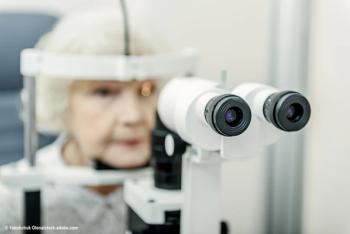
Better visual outcomes goal for patients who also have had glaucoma procedure

Surgeons use procedure to offer patients improved vision quickly with few side effects


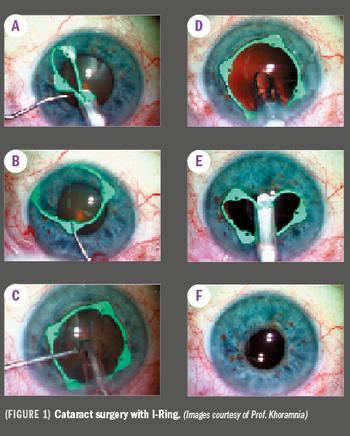
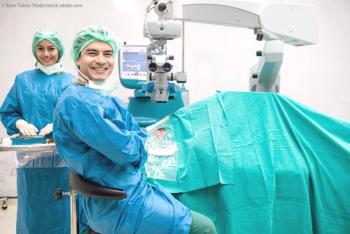
System preloaded with two trabecular bypass stents for ab interno implantation


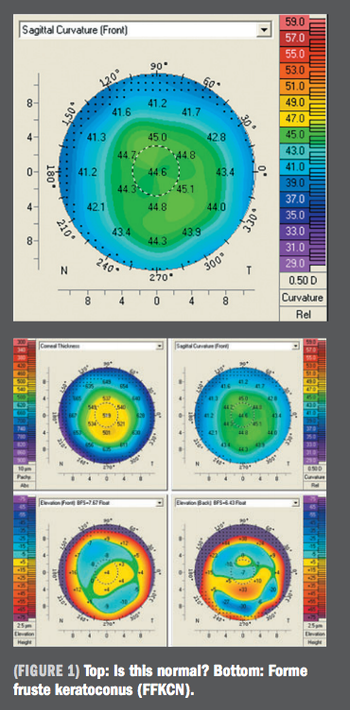
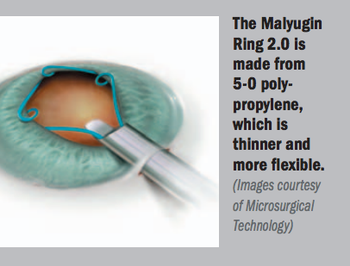

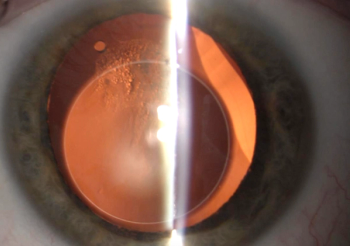


There is a strong link between alpha-blocking medications and floppy iris.

Clear lens exchange with implantation of a trifocal IOL is the best solution.


OCT-based biometers like the ARGOS allow for accurate measurement of very dense lenses in cataractous patients.

A new method for predicting the behaviour of multifocal IOLs has been developed. This methodology could be very useful for ophthalmologists, enabling them to know the potential effect of the implantation of an IOL in any type of eye prior to implantation.

The management of astigmatism can be accomplished during cataract surgery. Employing femtosecond lasers improves the accuracy, safety and predictability of arcuate incisions, as well as the alignment of toric IOL placement.


Professor Gerd U. Auffarth and collegues have found that ophthalmic viscoelastic devices that combine both dispersive and cohesive properties, so that they can be used in sequence and at the appropriate phases of cataract surgery, can result in decreased complications, low adverse events, improved visibility and good space management.

The second-generation Malyugin ring is a versatile pupil expansion ring with high efficacy in femtosecond laser-assisted cataract surgery. Professor Boris Malyugin notes its advantages, having used it on a variety of classically difficult eyes and in complicated surgical cases.

Ongoing case series is revealing small-incision lenticule extraction to be better than surface ablation (SA) for all myopic laser corrections. However, SA still is useful in patients with thin corneas and therapeutic indications, according to Prof. Suphi Taneri.

Diabetes doubles the risk of cataract in the general population, with an even greater increased risk among people aged under 70, according to researchers.